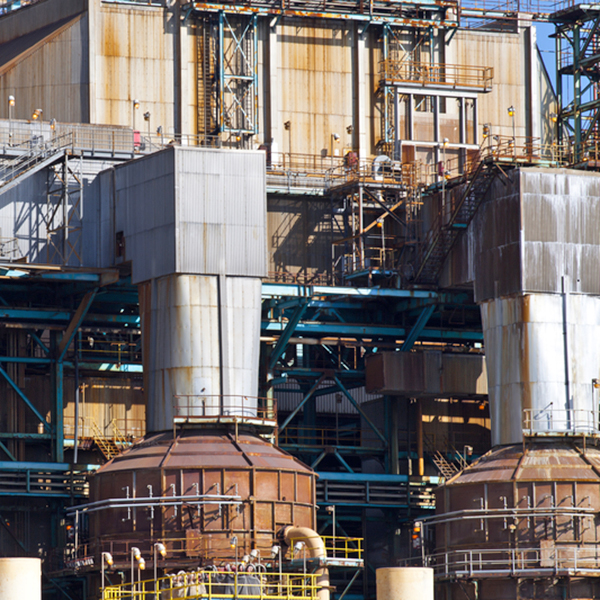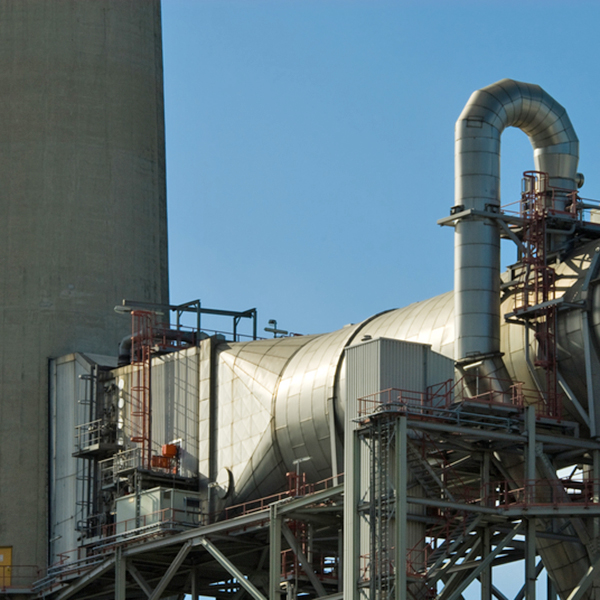Hydrocyclone Repair & Maintenance
To efficiently perform the Flue Gas Desulfurization (FGD) process, several important components must be operating properly. Hydrocyclones are an important aspect as they are responsible for dewatering. This device is used to separate particles through liquid suspension dependent on the ratio of their centripetal force to fluid resistance. In other words, this is a device that intakes a liquid-solid mixture, separates the heavy solids, and expels the remaining clean liquid.
 How it works
How it works
When the mixture of liquids and solids enter the hydrocyclone, it creates a vortex. Due to the density of the heavy material, while traveling through the vortex, heavy materials will be dispersed out the side as the clean liquid falls out the bottom of the device. Since there are no moving material pieces in the hydrocyclone, it depends on the movement and force of water to adequately perform. Depending on the material or number of particles, there may be two or more hydrocyclones in one system.
The success of the hydrocyclone is dependent on the characteristics of the feed stream as well as the geometry of the cyclone. Things such as pump density, or the percentage of solids in the slurry, and the pulp viscosity can impact how efficiently the system performs. The initial inertia is countered by the resistance of the liquid – meaning this can differ by the type of slurry entered into the system. For hydrocyclones to function properly, several design equations are used. These equations measure things such as inlet, over and underflow, length, height, and angles needed to perform best.
Types of Hydrocyclones
Forward Hydrocyclones
Forward hydrocyclones remove particles that are denser than the surrounding fluid. The cyclone process separates the denser material from the liquid through a circular vortex.

Reverse Hydrocyclones
Reverse hydrocyclones remove particles that are less dense than the surrounding fluid. In this case, the cyclone is able to pull out the less dense particles and leave the clean water behind.
Parallel-Flow Hydrocyclones
Parallel-flow hydrocyclones are ones in which the accept and reject are removed at the apex. These systems remove material that is lighter than the fluid. This is a similar concept to the reverse hydrocyclones.
Most hydrocyclones are made of steel or other metals, ceramic, or plastic. Metal or ceramic hydrocyclones are used for material that requires heavy strength or durability, whereas material that causes a lot of abrasions works better with plastic hydrocyclones. If there is an occurrence where strength is needed, but abrasion is present, metal-lined plastic hydrocyclones can be used.
Hydrocyclones are a vital part of the FGD process as it removes unwanted solids from liquids. Remove the risk of running into issues and check that your FGD system and hydrocyclones regularly to ensure everything is operating efficiently. For any operating or efficiency issues, call IA Mechanical. No job is too big or complex for us. We prioritize fast and quality service because we know that time means money for your business.



